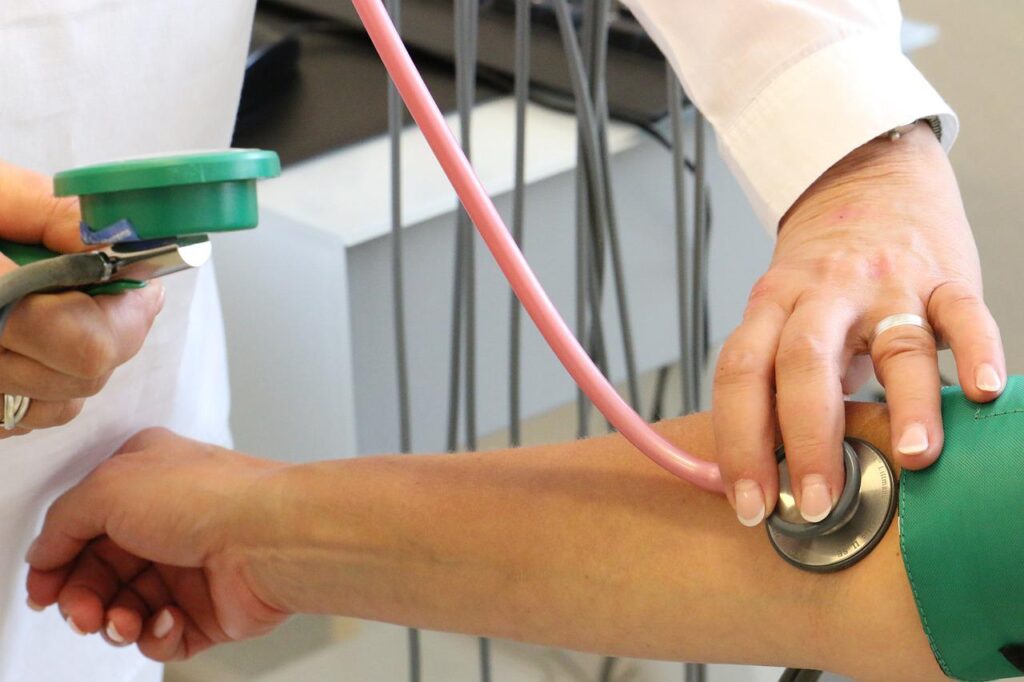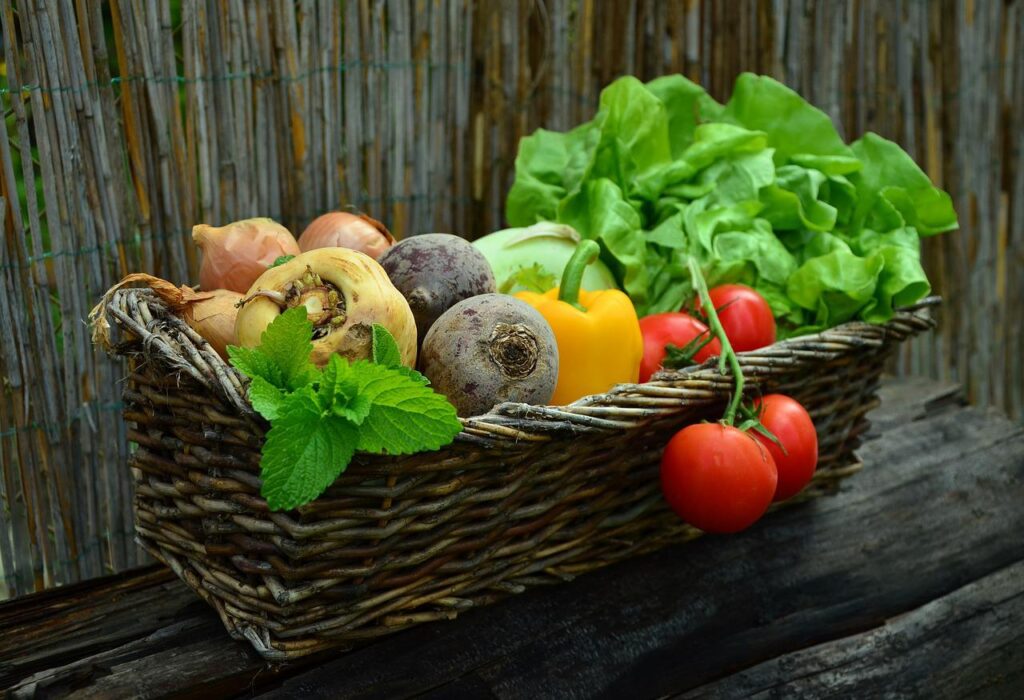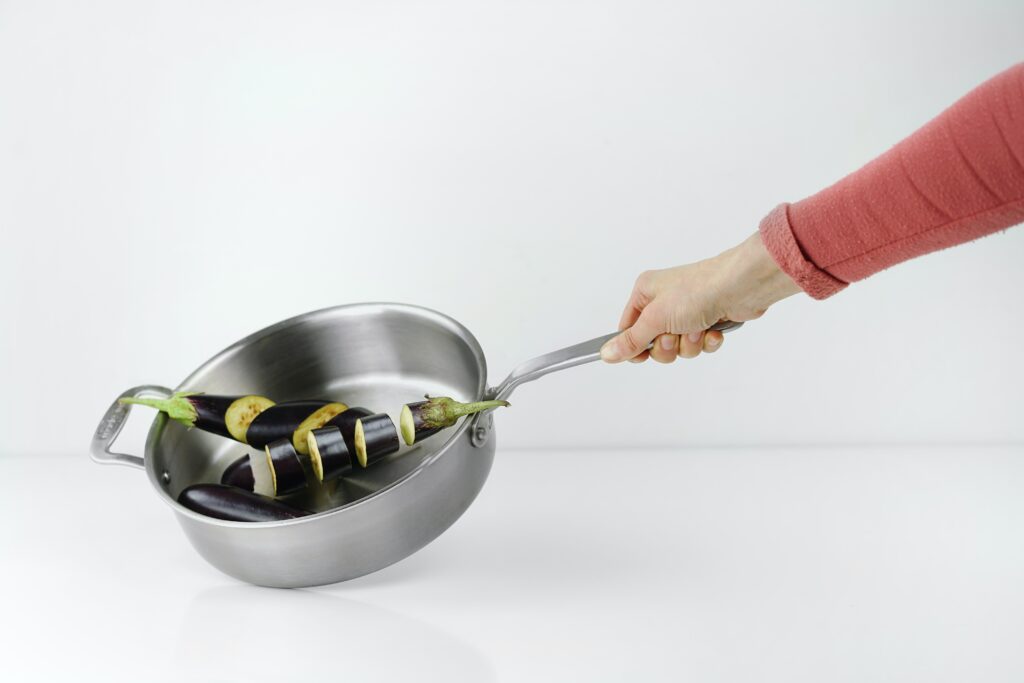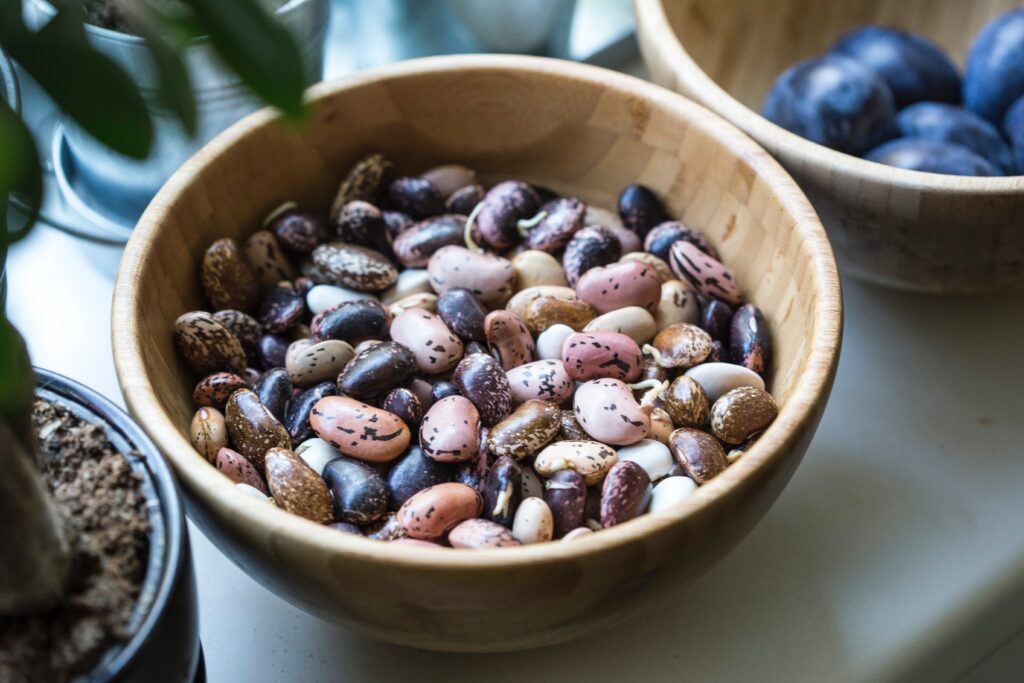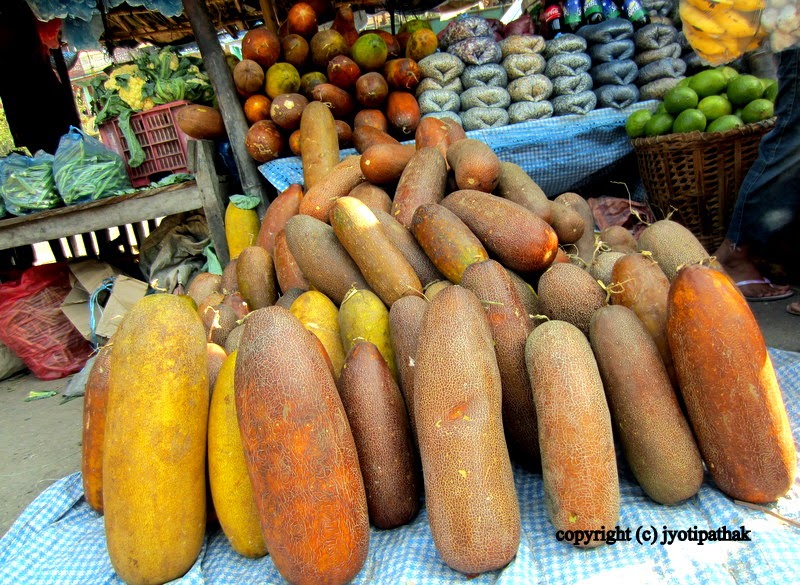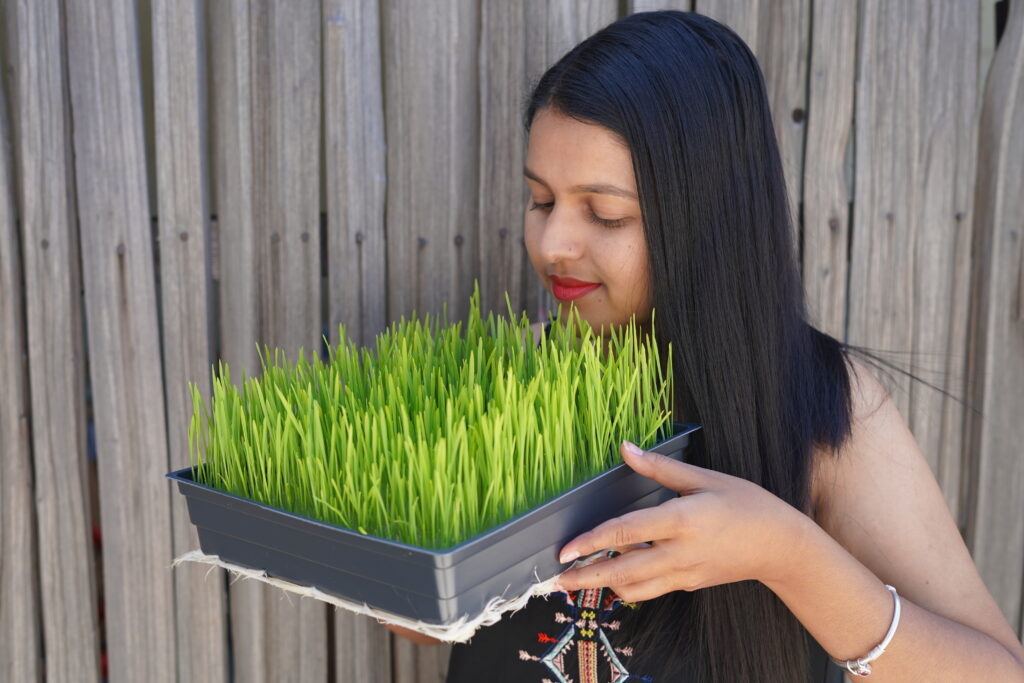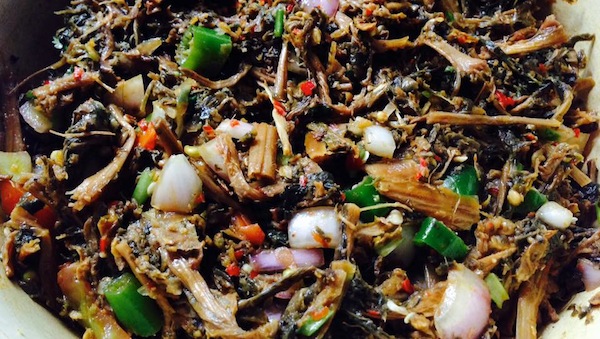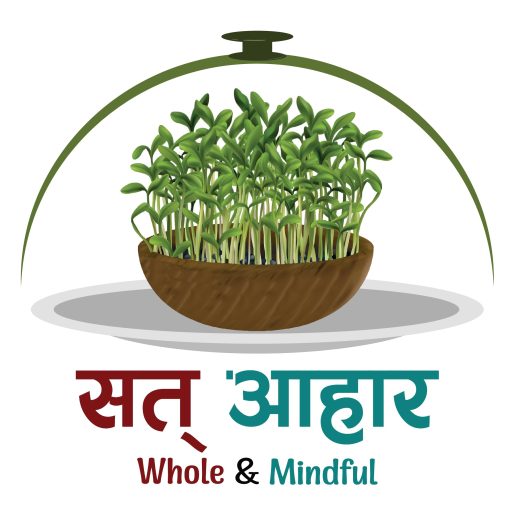Calcium is an essential mineral our body needs everyday. Apart from many other functions such as muscle movement and blood clotting, calcium is mostly known for bone and teeth health. The body stores 99% of its calcium in the bones, with the remaining 1% being found in other tissues such as muscle, blood, and other tissues.
How Much Calcium Do We Need Each Day?
Nepal does not have its own recommendations to date, as far as I know, we follow ICMR-NIN (Indian Council for Medical Research-National Institute of Nutrition). Recommended daily allowance for adults was 600 mg per day but now has been increased to 1000 mg per day (read more here).
The general recommendations per day are:
Adults under 50 years: 1000 mg
Adults over 50 years: 1200 mg of calcium
Maximum: limit intake to below 2000 mg per day from both food and supplements combined
The detailed recommendations for all age groups including pregnancy and lactation can be found here and here!
What Happens If We Are Deficient In Calcium?
If the body is deficient in calcium, it extracts calcium from bones. This may lead to increased risk of reduced bone density and bone fractures. Long term calcium deficiency also might lead to muscle spasm and numbing and tingling around mouth and fingers, seizures etc.
As we cannot produce calcium to meet our daily calcium needs, we must eat it from our food or supplement.
Tell Me Where Can I Find Calcium?
When it comes to calcium, milk products are generally recommended. For those not consuming dairy because of ethical, environmental, affordability or health reasons, there are plant based sources too! While it is absolutely possible to get all your calcium from plants, a careful planning is needed if there is no fortified source of calcium such as calcium fortified non dairy milks.
Among all the grains, three stand out here- Amaranth, Finger Millet and Teff! The Nepali names of the first two are “Latteko dana’ and ‘Kodo’ or ‘Ragi’! I am not sure if Teff is available in Nepal but it is available in the US and most other developed countries.
Let’s talk about what is available in Nepal. A 100g raw finger millet contains about 364 mg of calcium! That’s unmatched to any other grains! Amaranth also contains 162-181 mg per 100g which is also way higher than in rice or wheat. Do not forget to soak for a few hours before cooking and discard the soaked water. It is because they also contain a compound called phytate and oxalate which are known to be a barrier in calcium absorption. However, do not worry, soaking and cooking helps (1) (2)!
Many Nepalese may be unaware about Amaranth but it is produced in far west hills in small quantities. A Nepali Times article published in 2019 has shared some information about it (3).
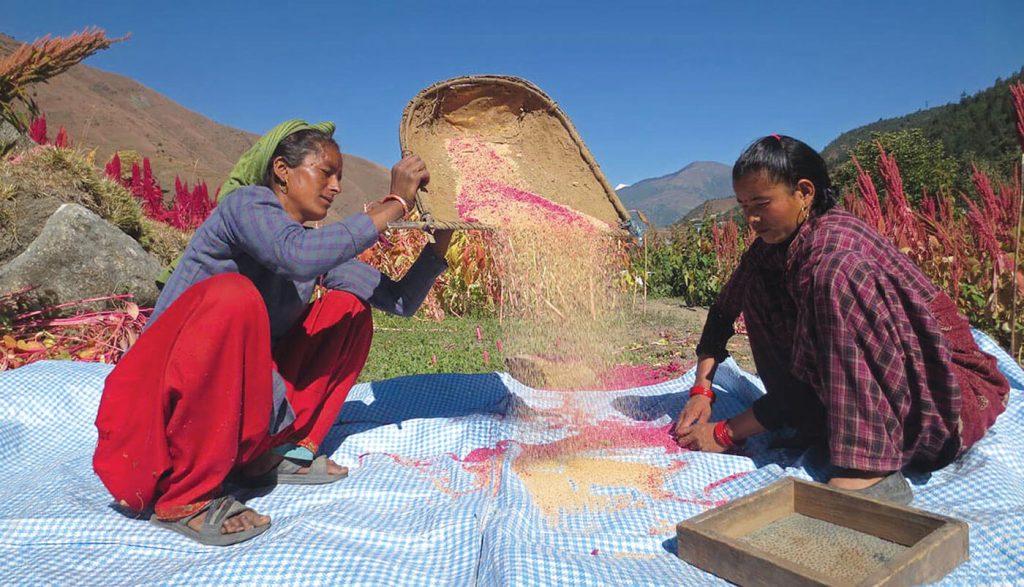
Among vegetables mustard greens (Rayoko saag) , radish leaves (Mulako saag), turnip greens (Gantemulako saag), lambs quarter (Bethe) stand out (4) (5) (6).
For eg. 100 grams of raw Lambs quarters contains 211 mg of calcium which is about 21% of your RDA, making it an excellent source of calcium (7).
Pumpkin leaves, garden cress, amaranth leaves, fenugreek leaves are super rich in calcium, and are widely available and consumed in Nepal. However, not much information has been found regarding their bioavailability (whether the body can absorb them well or not). Consuming them does not hurt though as they are a rich source of other nutrients.
Chinese cabbage, collard greens, broccoli, watercress, bok choy and kale also are a good source, it is just that they are not much available or consumed in Nepal. But, we should do both now, produce and consume! If you are a Nepalese living in the US, or other developed countries, you can easily find these veggies in any farmer’s or supermarket! Even though spinach and Taro leaves are high in calcium, they are not considered a ‘great source’. This is because the calcium from these is not absorbed in our body as they contain high amounts of an inhibitor called oxalate.
Among seeds, sesame seeds and chia seeds stand out! Most of the calcium in sesame seeds is in its hull, so make sure you buy unhulled. Sesame also contains some mineral inhibitors, thus soaking helps in calcium absorption. You can also make sesame seed paste for better calcium absorption!
Other sources are okra, almonds, figs etc. Among fruits, oranges and black currants can be regarded as a source of calcium.
Among beans, green soybean (edamame) tops the list. Most legumes provide some amount of calcium, however, black beans, winged beans, white beans, navy beans and chickpeas are particularly rich among others!
You may be surprised but black strap molasses is very rich in calcium. Only a tablespoon has 200 mg which is 20% of your recommended dietary allowances!
Calcium set Tofu provides as much as 350 mg (35% RDA) per 100g! Make this a priority if it’s available in your area.
If you live in counties like the UK, USA, Canada and Australia, getting enough calcium from a plant based diet is even easier! In the US, most plant milks such as soymilk, oat milk and almond milk and their yogurts provide anywhere between 20-30 % of RDA per cup!
To summarize, the best sources of non dairy calcium are cooked mustard greens, bok choy, kale, turnip greens, collard greens, cabbage, calcium set tofu, calcium fortified non dairy milks, edamame, winged beans and white beans!
Factors Affecting Absorption of Calcium
Various dietary, physiological and lifestyle factors influence how much calcium we actually absorb from the food we eat.
Vitamin D
If your vitamin D level is low, it’s harder for your body to absorb the calcium even if you eat enough (8). Thus, making sure that you have an optimal vitamin D level is crucial.
Mineral Inhibitors
Foods high in ‘antinutrients’ such as phytate and oxalate bind to calcium and form insoluble complexes, limiting absorption in the intestine. Oxalates seem to have more effect on calcium than phytate.
So, then how to improve calcium absorption?
- Make sure you have adequate vitamin D levels!
- Eat calcium rich foods in every diet!
- Soak legumes and nuts before cooking!
- Eat at least a serving of calcium fortified food each day if available!
High Salt Intake
High sodium intake causes calcium loss in our urine, depletes your calcium stores and has been linked to decreased bone density (9) (10).
Other factors include smoking, heavy alcohol consumption and a large amount of caffeine intake!
What about Calcium Supplements?
Supplements may come handy if your diet is very poor in calcium. However, it is not a good idea to take any calcium supplement unless prescribed by your healthcare provider!
Summary
Make vitamin D a priority and eat a balanced diet. Utilize calcium fortified foods if they are available in your region. Include above mentioned calcium rich foods at least twice a day. If you eat a well balanced diet and have no issues with your body’s ability to normally absorb and retain calcium, you should not be worried! Talking to your dietician is a good idea to ensure if your current diet meets your requirements or not.


